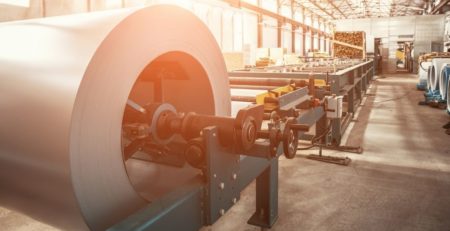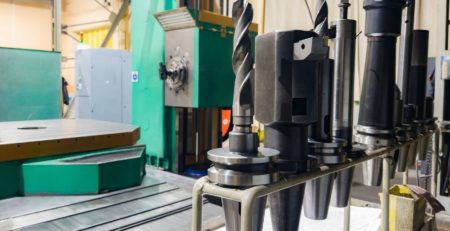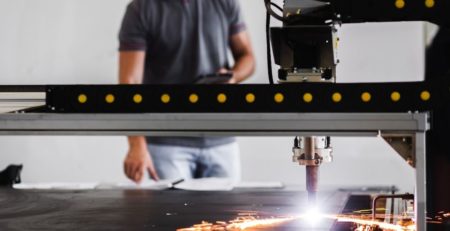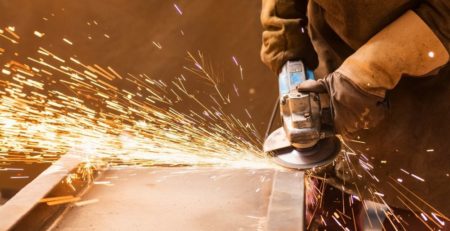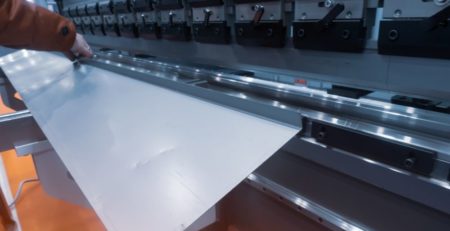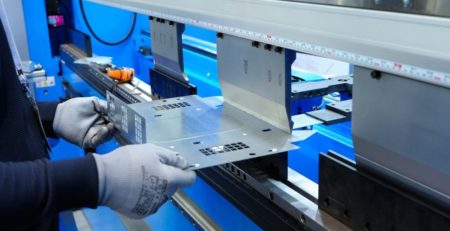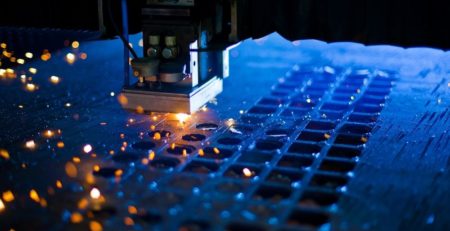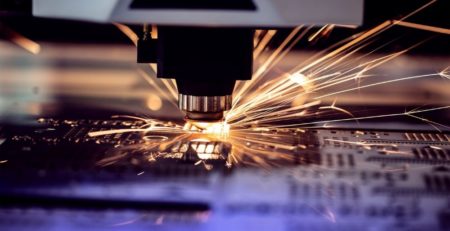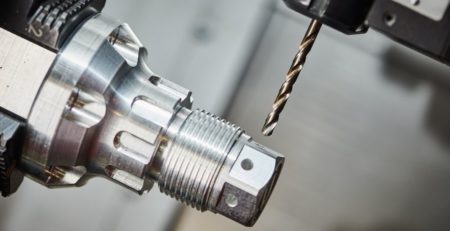Mistakes To Avoid When Using a Robotic Plasma Cutter
Robots are known for their precision and consistency, outperforming humans in tasks requiring meticulous detail and accuracy. However, when using a robot, people need to remember that the machine is only as good as the data it’s fed. People make mistakes, and incorrect data, inaccurate measurements, or improper settings can lead to errors. Here are some common mistakes to avoid when using a robotic plasma cutter.
Improper Torch Assembly and Cleaning
A properly assembled and clean torch is essential for a plasma cutter to function efficiently. An improperly assembled torch can result in poor cut quality and may even lead to equipment damage.
Similarly, neglecting to clean the torch tip can cause build-up of slag and dross, which can hinder the plasma arc and affect the cut quality. It’s important to ensure that the torch is correctly assembled and the tip is kept clean to avoid these issues.
Using Consumables Until They Burn Out
Consumables in a plasma cutter include items like electrodes, nozzles, and shields. These components play crucial roles in ensuring the smooth operation of the cutter. If these parts are used until they are entirely worn out or “blown,” the quality of the cuts may be compromised, resulting in uneven edges and inaccurate dimensions. Regularly inspecting consumables and making timely replacements can help maintain optimal performance of your plasma cutter.
Setting the Wrong Height or Pressure
The height at which the torch is set and the pressure of the plasma gas significantly impact the quality of the cut. Setting the wrong height or pressure can lead to problems such as angularity, dross, and warping. It is paramount to follow the manufacturer’s guidelines on the correct height and pressure settings for different materials and thicknesses to achieve the best cut quality.
Attempting To Cut the Wrong Kind of Metals
A robotic plasma cutter is a versatile tool capable of cutting various types of metals. However, not all metals are suitable for plasma cutting. For instance, attempting to cut highly reflective metals like aluminum and copper can result in the deflection of the plasma arc, causing damage to the torch or poor cut quality. And for plasma cutters to work, the workpiece must be electrically conductive. A plasma cutter can’t make good cuts in metals with low conductivity, such as tungsten, tin, and manganese. It is essential to understand the limitations of your plasma cutter and ensure that the metal you are cutting is suitable for plasma cutting.
It’s important to avoid these common mistakes in robotic plasma cutting to maintain high-quality cuts. Remember, the key to successful plasma cutting lies not just in the machine itself, but also in proper handling and operation by the user.



